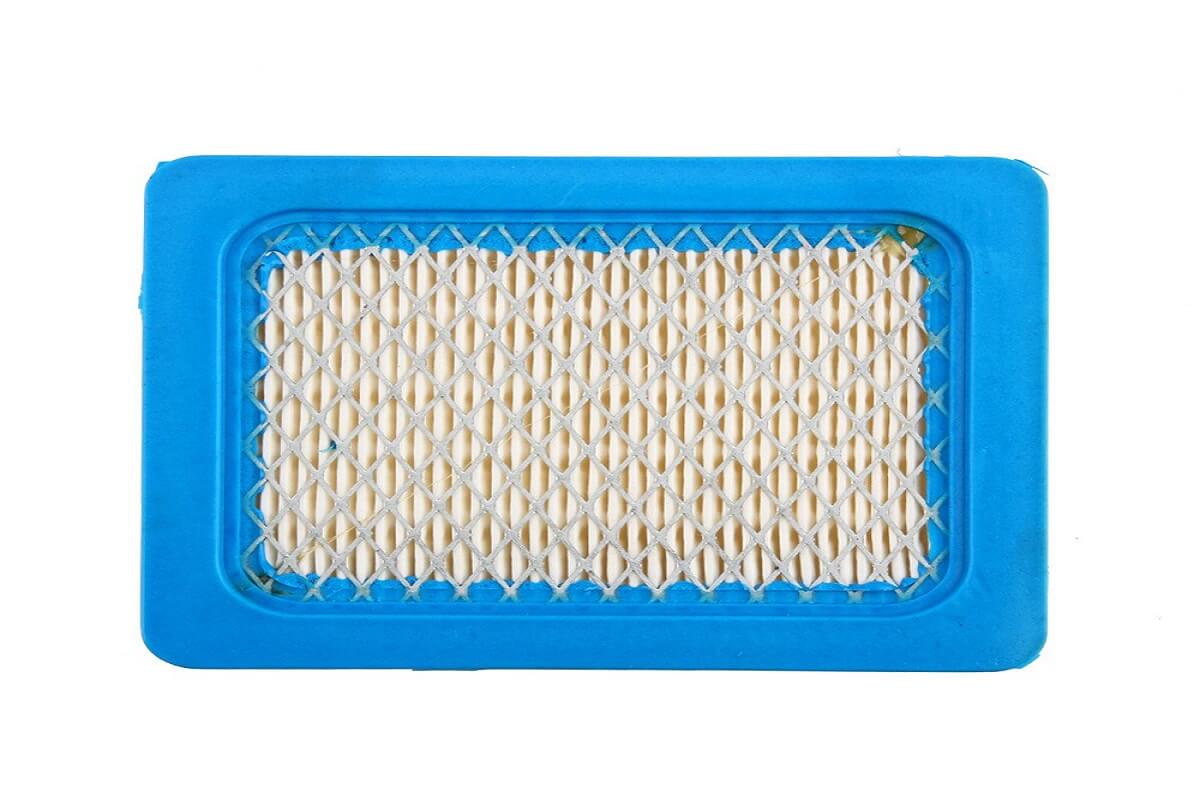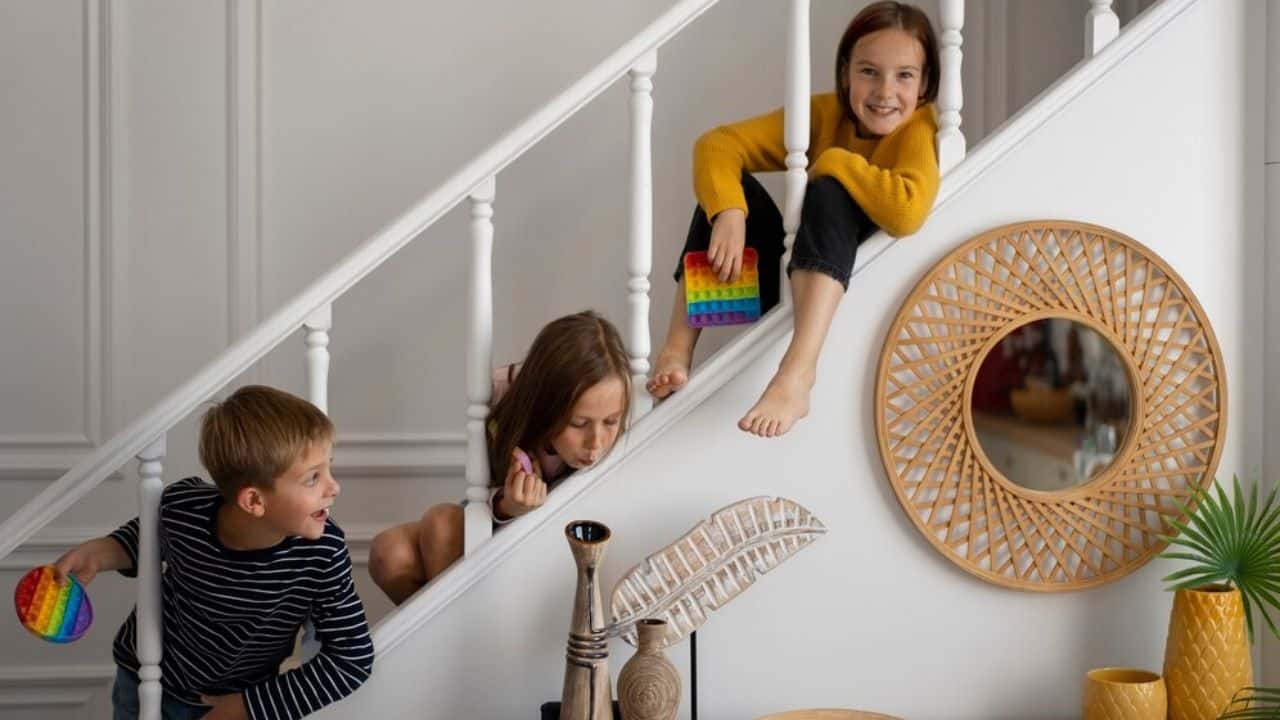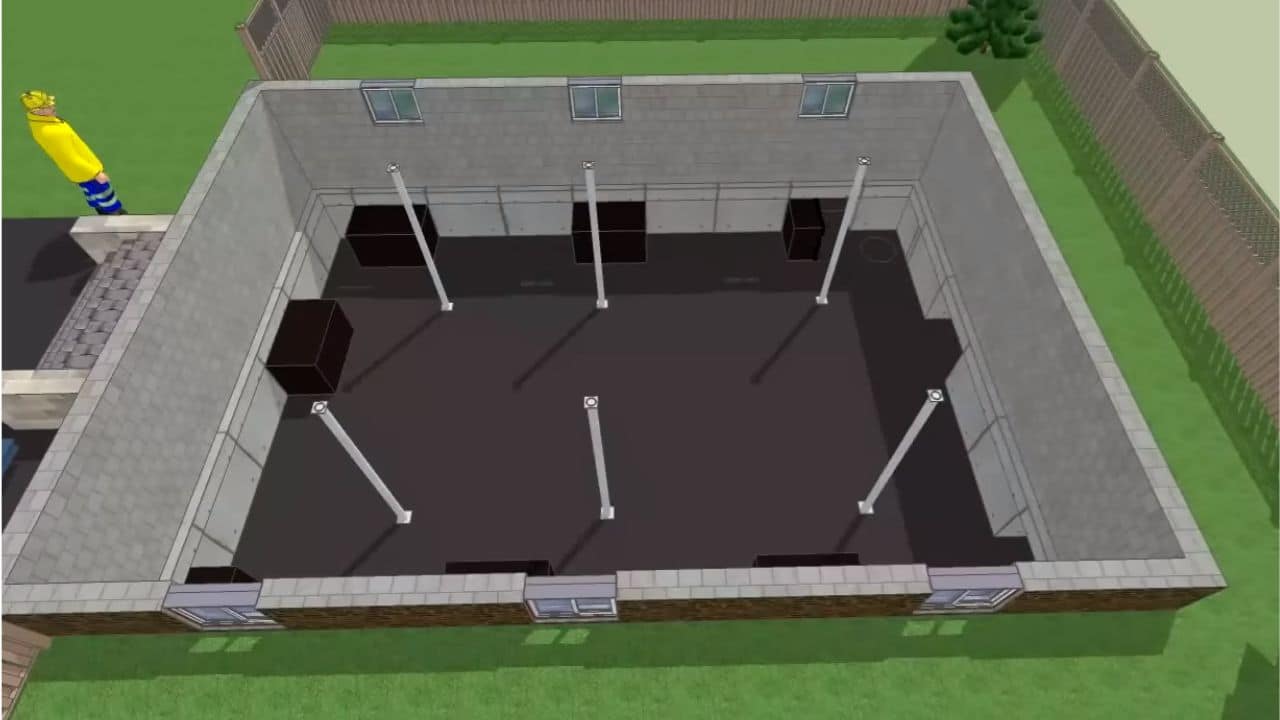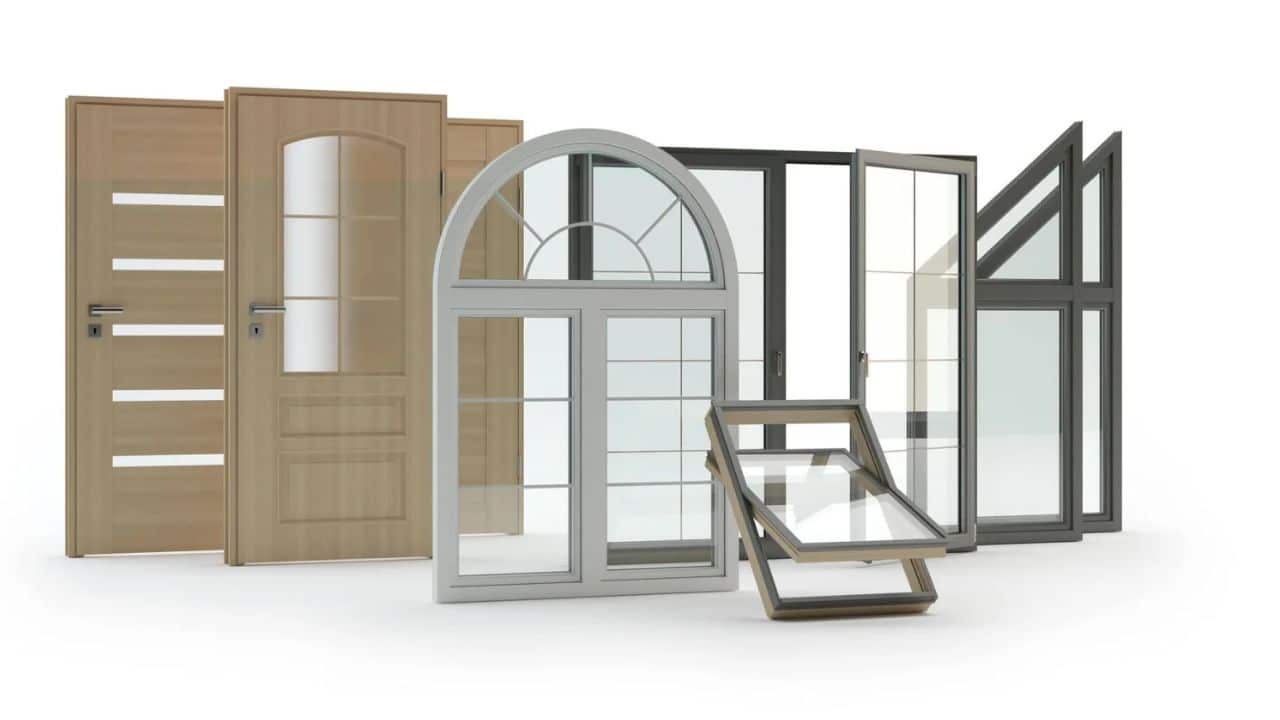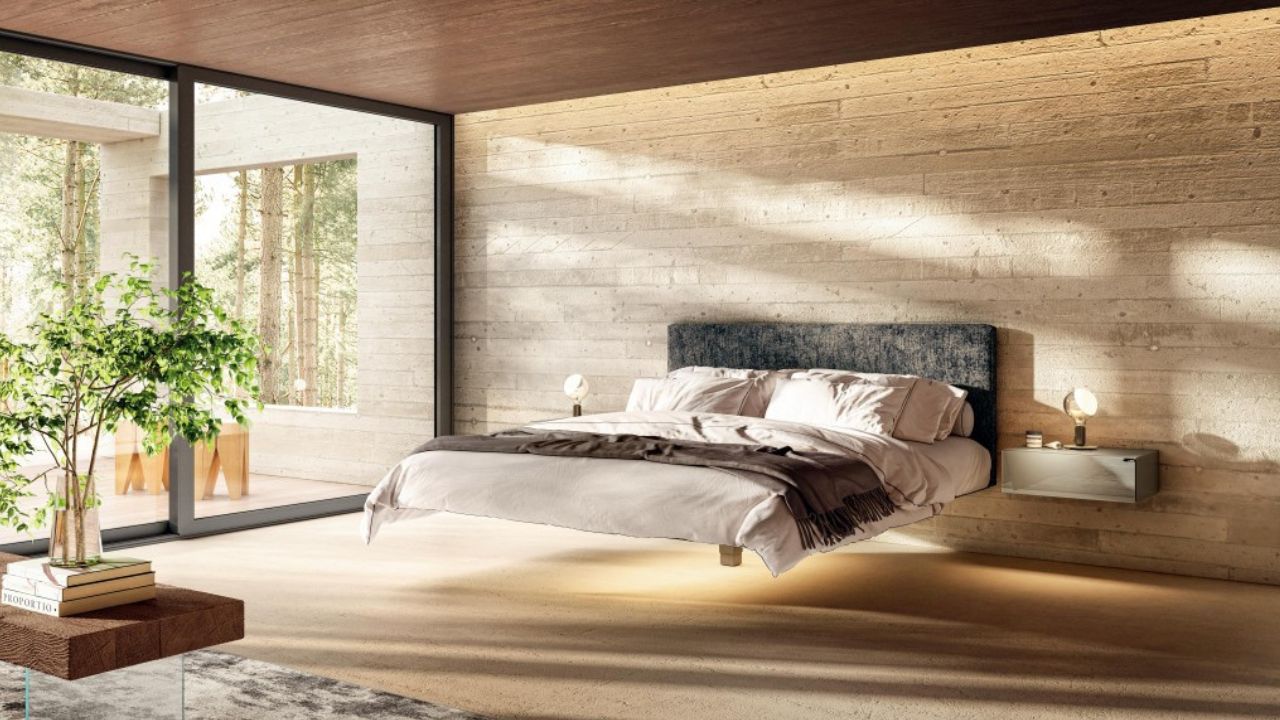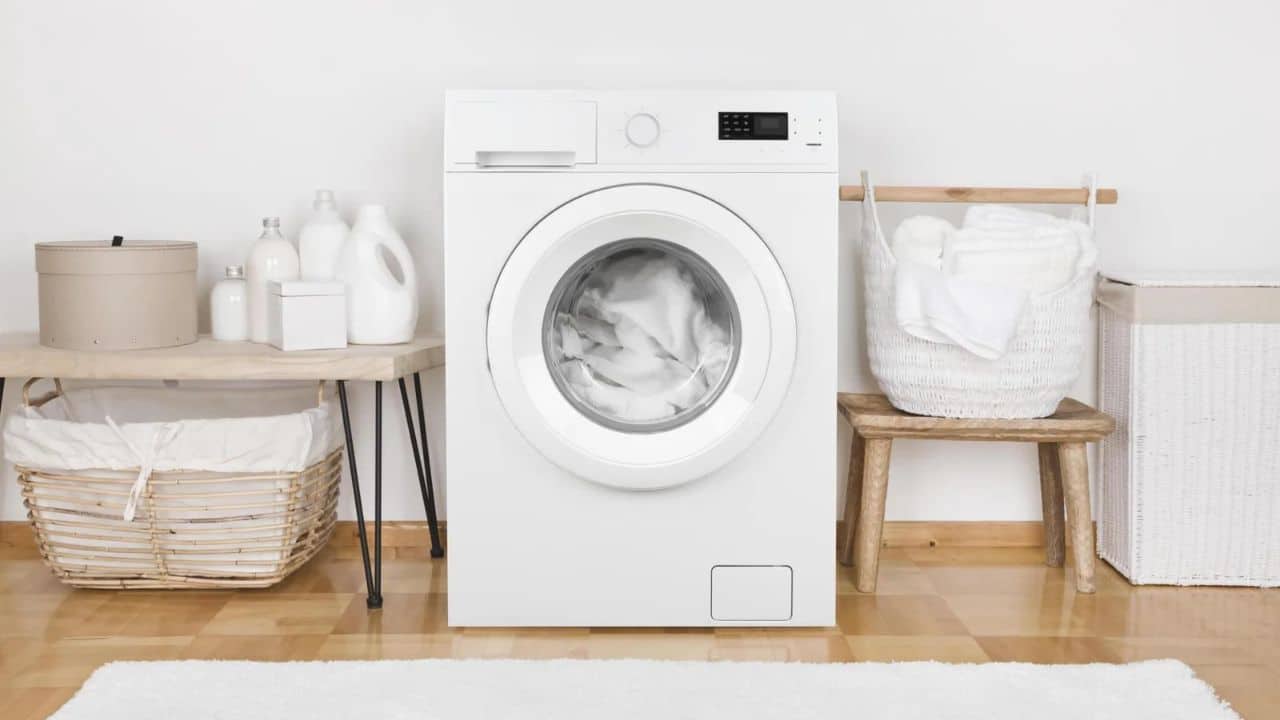There are many brands of air filters available, each with its own set of features and benefits, which can make it tough to choose the right one for your home. Some brands are better at trapping smaller particles, while others have multiple layers of filtration to better protect against allergens and other airborne contaminants. When choosing an air filter, it is crucial to consider both the specific needs of your facility and the level of filtration required to protect your indoor air quality properly.
This comprehensive guide will help you select the best air filter for your needs.
Filter Size and Dimensions
When finding the right air filter for your central air system, size always matters. You’ll need to ensure the filter you select is the correct size for your particular system. The best thing is that most filters are labeled with their dimensions, so it’s usually just a matter of measuring your system and finding a filter that’s the same size. Once you’ve found the right filter, check the manufacturer’s recommendations to see how often it needs to be replaced. Depending on the filter you’re using, you may need to replace it as frequently as every month or as infrequently as every three months.
MERV Ratings
MERV ratings measure how effective an air filter is at trapping particles. The higher the MERV rating, the more efficient the filter will be. MERV rating range scale is from 1 to 16, with the higher the number indicating the more effective filtration. MERV 8-10 filters are generally used in residential furnaces and air conditioners, while commercial buildings often use MERV 11-13 filters to obtain better airflow and energy efficiency, such as 20x25x1 air filter. Medical facilities such as hospitals often use even higher MERV-rated filters, such as MERV 14-16, to trap smaller particles that could cause respiratory infections.
The size of particles that each MERV rating captures is indicated in microns. For example, MERV 8 filters can trap particles 3-10 microns in size, while MERV 16 filters can trap particles that are 0.3 microns. However, remember that high-efficiency filters can also restrict airflow, so choosing a filter with the right balance of efficiency and airflow for your needs is important.
Air Filter Media
When it comes to air filters, the type of filter media is just as important as the size and brand. Air filter media is the material used to remove airborne particles. Filter media can be made from various different materials, including fiberglass, pleated paper, and polyester. The most common types of air filter media are paper, cloth, and pleated media.
- Paper media is often used in residential applications and is typically made from spun bonded polyester or cellulose.
- Cloth media is often used in commercial and industrial applications and can be made from various materials, including polyester, cotton, and fiberglass.
- Pleated media is often used in high-efficiency applications and can be made from various materials, including paper, cloth, and synthetic materials.
The air filter media you choose should be based on your specific needs and the application in which it will be used. The material used will certainly affect the overall performance of the filter. Consider all these important factors to ensure you get the best possible performance from your new air filter.

